Summary



Role

Laban's Movement Theory


Behind The Curtains


Next Steps

loading
 Back
Back
Your Virtual Dance Partner








